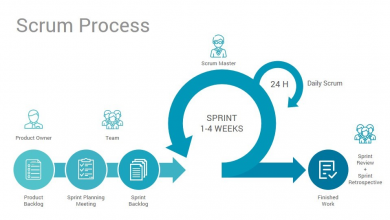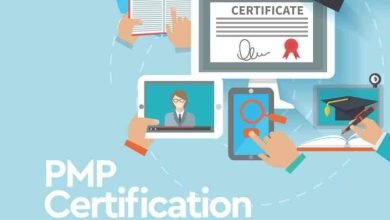
Since social media is a relatively emerging medium. There has been little research to determine its user’s long-term repercussions, positive or negative. However, multiple studies have identified a substantial correlation between excessive social media use. This increases the risk of melancholy, anxiety, loneliness, self-harm, and even suicide ideation. The book Disconnect to Reconnect demonstrates all these necessary points in depth.
Too much time spent scrolling through social media might lead to anxiety and/or depression symptoms. Thus we should learn to disconnect to reconnect. Here are some examples of how social media may be harmful.
Inadequacy in one’s life or appearance.
The real value of social media platforms isn’t the information we receive from them. Its rather the emotional effects we experience because of the information. Everyone knows that other people tend to describe their lives just in terms of their successes, neglecting their hardships altogether. But you can still feel envious and unsatisfied while seeing your friend’s vacation photos or hearing about their new job promotion.
Fear of being left out (FOMO).
The feeling that you are losing out on many opportunities could damage your self-esteem and make you feel anxious. This, combined with the compulsion to check social media more frequently, might prompt you to use social media even more.
The constant fear of missing out (FOMO) can drive you to pick your phone every few minutes to check for updates. Even if you’re putting your safety and sleep at risk while driving. Or if you’re neglecting your real-world relationships because of your social media addiction.
Isolation.
A study conducted at the University of Pennsylvania claims that social media use promotes loneliness instead of relieving them. Results showed that restricting social media use helps reduce feelings of loneliness and isolation while also promoting general well-being.
Anxiety and depression
To be mentally healthy, humans require face-to-face contact. Nothing relieves stress and improves mood faster or more efficiently than making eye contact with someone who cares about you. The more you value social media activity over in-person connections, the more likely you will worsen mood disorders such as anxiety and depression.
For about 10% of users, children report being bullied on social media, while the rest of the population receives offensive messages. In addition, Twitter may be a forum for disseminating misinformation, abusive remarks resulting in emotional wounds that persist for a long time.
Cyberbullying
While juvenile girls are more vulnerable to cyberbullying due to their social media usage, teen boys are not immune. In addition, Cyberbullying is linked to despair, anxiety, and an increased risk of suicidal ideation.
Making comparisons:
While many teenagers know that their classmates only publish their highlight reels on social media, it is impossible to avoid comparisons. On social media, everything from physical appearance to life situations to perceived triumphs and failures is scrutinized.
Having an excessive number of friends
Even with privacy settings in place, kids can amass thousands of friends on social media through friends of friends. As a result, more people on the friend list have access to screenshot photographs, and updates and can use them for other purposes. On social media, there is no such thing as privacy.
Less face time
Even teenagers need to develop social interaction skills regularly. When kids spend more time “engaging” online than in person, it is difficult to develop empathy and compassion (our most powerful weapons in the assault on bullying). On the other hand, human connection is a tremendous tool for developing abilities that will last a lifetime.
Final Thoughts
The key to learning to reconcile social media with real-life connections is to keep the lines of communication open. It is also critical to walk the walk. Disconnect to reconnect on weekends and demonstrate to people that a world outside does not require a handheld screen.



